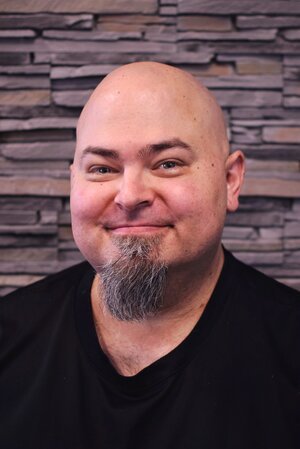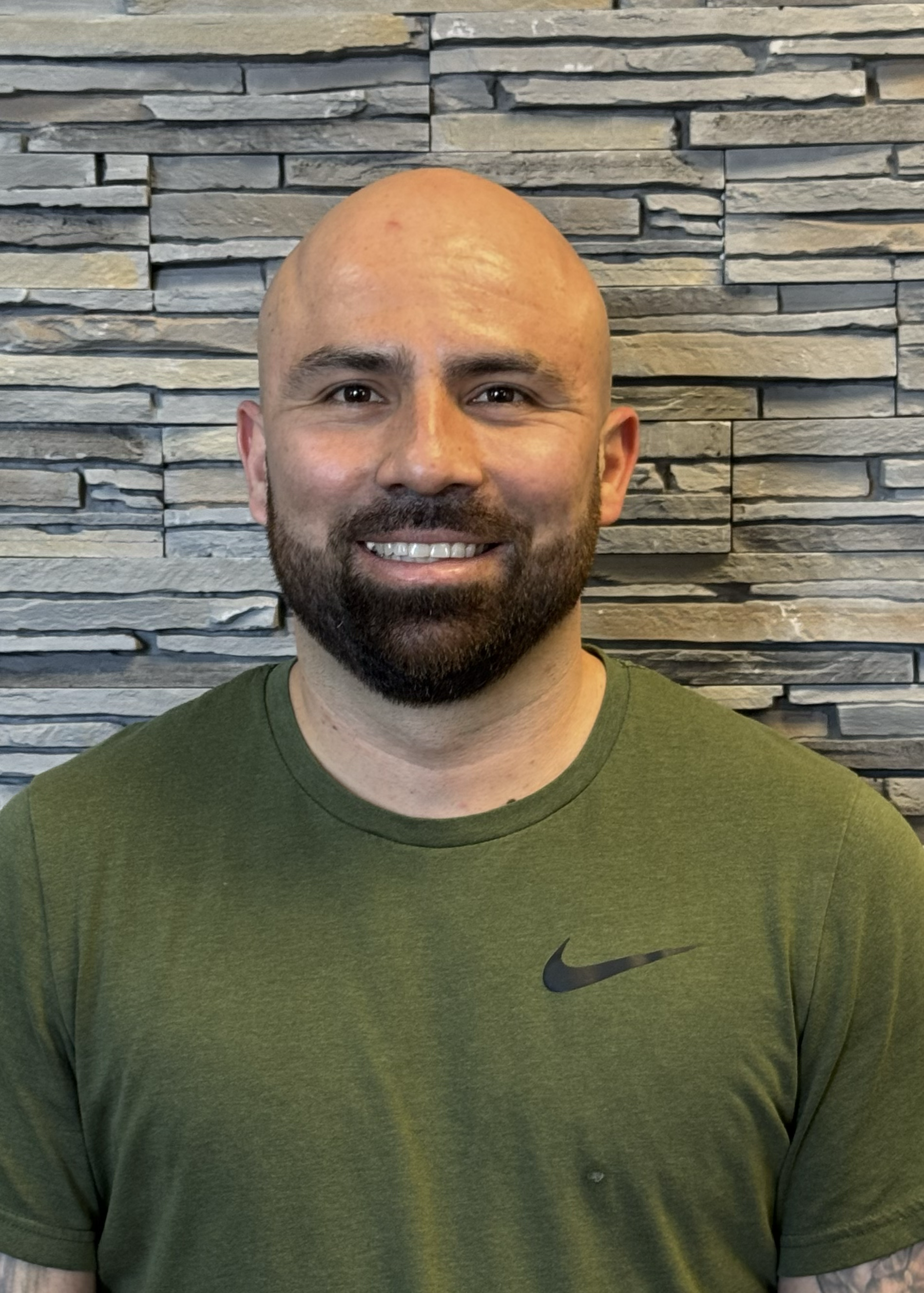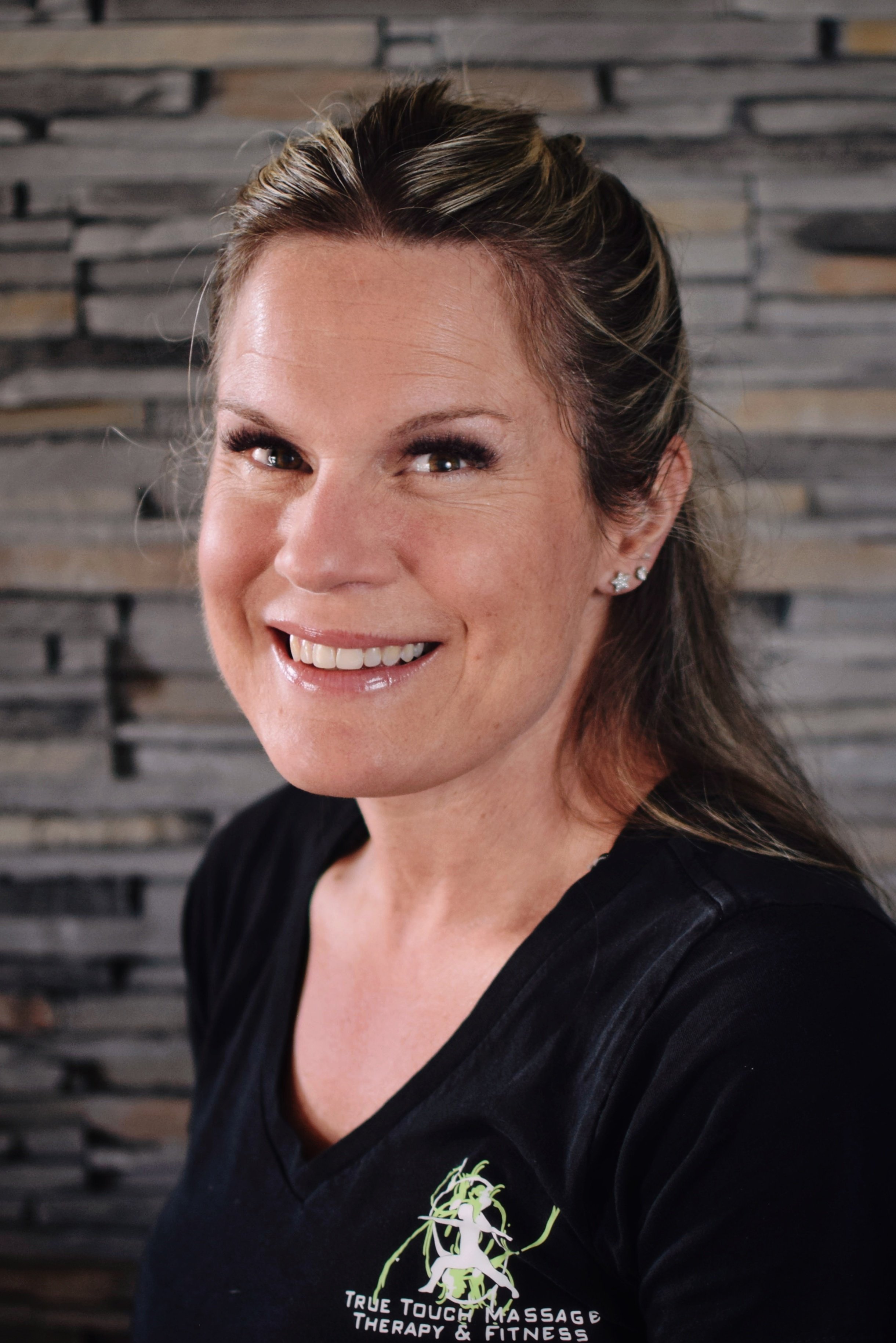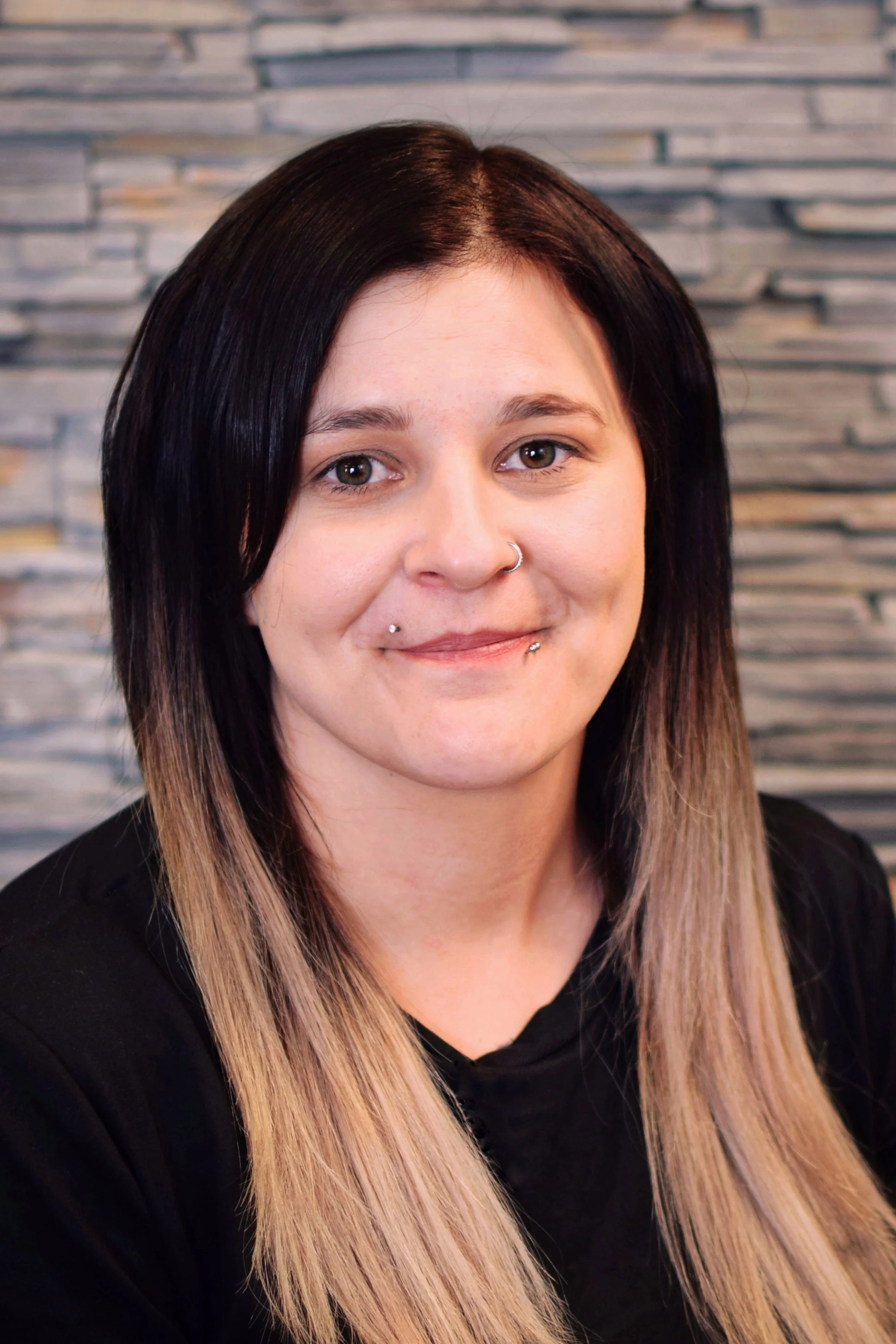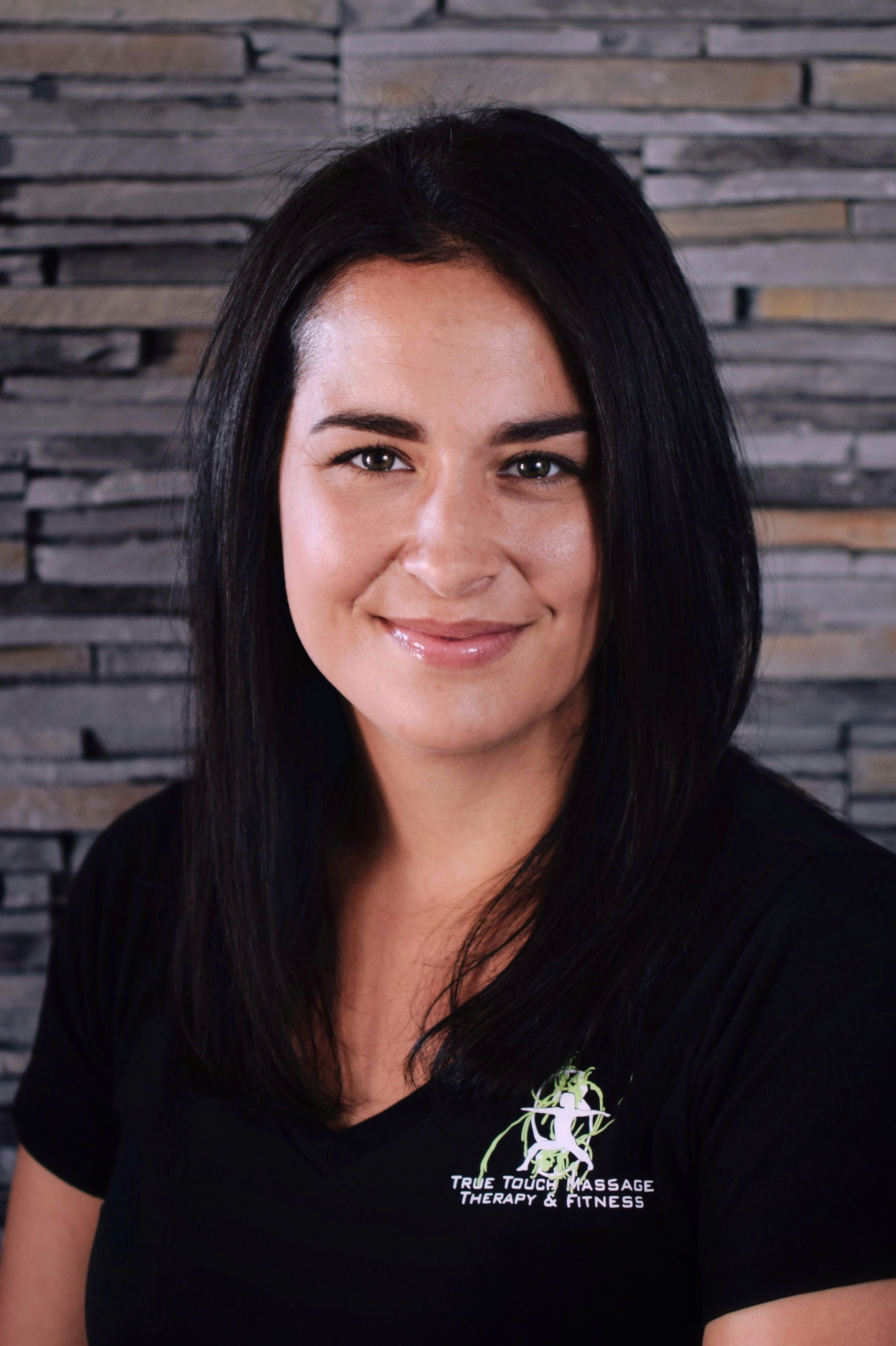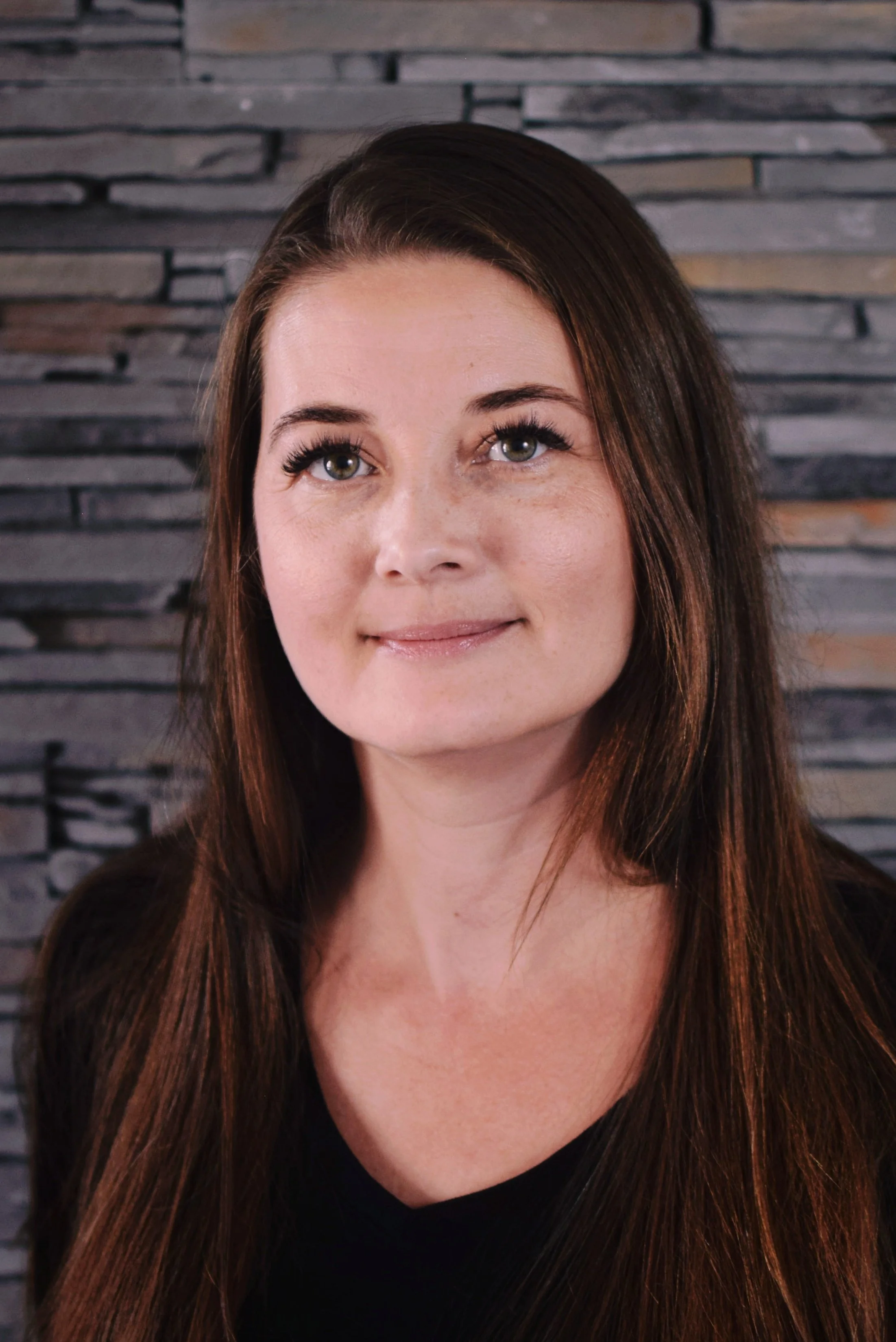Cupping Therapy
Cupping- the application of suction cups to the body. This traditional, time-honored treatment remains favored by millions of people worldwide because it's safe, comfortable and remarkably effective for many health disorders.
The specific origin of Cupping Therapy remains in obscurity - the consensus is that the action of suction has been part of therapeutic efforts throughout human history, migrating with human tribes along migratory routes. These ancient cultures used hollowed out animal horns, bones, bamboo, nuts, seashells and gourds to purge bites, pustules, infections and skin lesions from the body, and many are still in use today. Ancient healers also used Cupping devices to draw evil spirits out of the body and to balance the humors. Earthenware and metal were fashioned into Cupping vessels before the development of glass.
Cupping therapy was used in Egypt dating back some 3,500 years, where its use is represented in hieroglyphic writing. The earliest recorded use of Cupping is from the famous Taoist alchemist and herbalist, Ge Hong (281–341 A.D.). In ancient Greece, Hippocrates recommended the use of cups for a variety of ailments, while in the early 1900’s eminent British physician, Sir Arthur Keith, wrote how he witnessed Cupping performed with excellent success. Suction Cup Therapies remained a constant in professional medical treatment throughout Europe. It was practiced by such famous physicians as Galen (131-200AD), Paracelsus(1493-1541), Ambroise Pare (1509-90) and surgeon Charles Kennedy (1826).
In China, extensive research has been carried out on Cupping, and the practice is a mainstay of government-sponsored hospitals of Traditional Chinese medicine (TCM). The fundamental therapeutic value of Cupping has been documented through several thousand years of clinical and subjective experience and has advanced its application to many areas.
Women healers in communities throughout the world practiced of use of suction to heal, passing down their knowledge to apprentices and as family tradition. Cross cultural studies show that Women represented a major source and influence as healers in many cultures, with people traveling for days to reach a well known healer. Reliable sources hold that Cupping throughout Europe, Africa, and Asia was usually performed by the Women in the communities. By the thirteenth century, however, universities including Biomedical studies in their curriculum's excluded Women. Despite the fact that non-official medicine has been poorly represented, Women would have continued to play a major role in health care delivery. Had they been allowed to participate in the higher education arena, their contributions in natural healing modalities, and especially the safe and effective use and continuity of Cupping practices, would have been more substantial than by their male counterparts.
By the mid 1800's, the Western Medical Establishment had imposed upon society, their scientific model of medicine, defining medicine by making the body transparent, focusing on and treating the inside, in preference to the outside. Because Cupping (along with many other Holistic Healing Arts) was a surface treatment, it was inconsistent with this new Biomedical paradigm, which moved away from hands on personal contact and manipulative therapies of generations past.
Although the use of Cupping has remained popular throughout many cultures worldwide, the 20th century witnessed its widespread decrease in many Anglo-Saxon societies. Even the North American Indians used Buffalo Horn, seashells, gourds and bones for Cupping, but as their culture was decimated and its people herded into reservations, their traditions of health maintenance and healing were also lost.
Therapists that do this service are:





